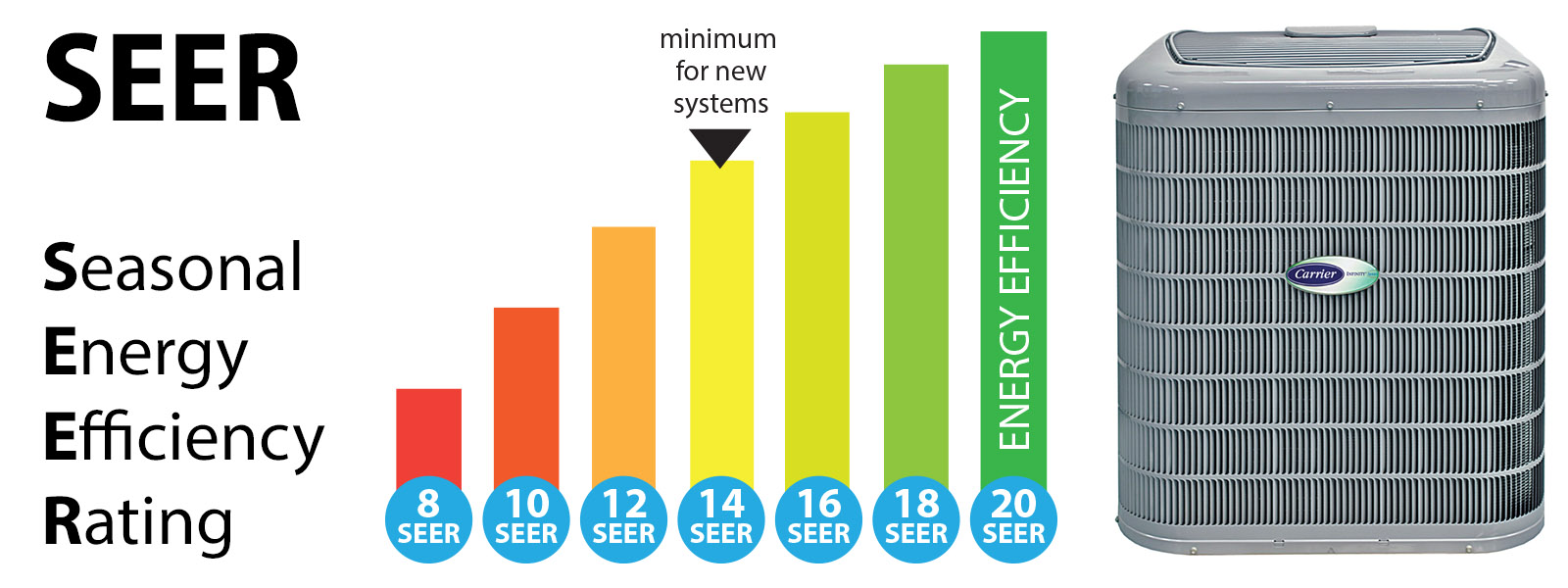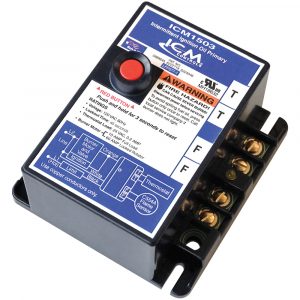SEER Ratings Explained: What You Need to Know Before Buying HVAC
If you’re in the market for a new air conditioning system or heat pump, you’ve probably come across the term “SEER rating.” But what exactly does SEER mean, and why should you care? Understanding SEER ratings is one of the most important steps in choosing the right HVAC system for your home or business. In this guide, we’ll break down what SEER means, why it matters for your comfort and your wallet, and how to decide which SEER rating is best for your needs.
What is a SEER Rating?

SEER stands for Seasonal Energy Efficiency Ratio. It’s a measure of how efficiently an air conditioner or heat pump cools your space over an entire cooling season. The higher the SEER rating, the more energy-efficient the unit is. In simple terms: a higher SEER means lower energy bills for the same amount of cooling.
How SEER is Calculated
The SEER rating is calculated by dividing the total cooling output (measured in BTUs) over a typical cooling season by the total electricity consumed (in watt-hours) during the same period. While you don’t need to do this math yourself, knowing that higher SEER numbers mean better efficiency can help you make a smarter buying decision.
Why SEER Matters: Savings and Comfort
Energy efficiency isn’t just good for the environment—it’s good for your wallet too. Upgrading from an old 10 SEER unit to a new 16 SEER system can save you up to 40% on your cooling costs! Over the life of the unit, those savings add up. Plus, many high-SEER models also offer better comfort features, like variable-speed fans and quieter operation.
What SEER Rating Should I Choose?
- Minimum SEER Requirements: In most of the U.S., the federal minimum for new central air conditioners is currently SEER 14 or SEER 15 (depending on your region).
- Good Balance: For most homeowners, a SEER rating between 16 and 18 offers an excellent balance of efficiency and upfront cost.
- Ultra-High Efficiency: If you want the lowest possible bills, you can find systems rated SEER 20+—but expect a higher initial price tag.
When choosing your SEER, consider:
- How long you plan to stay in your home (higher SEER pays off more over time)
- Your local climate (hotter regions benefit more from higher SEER)
- Available utility rebates (sometimes offered for higher SEER systems)
SEER Ratings vs. Real-World Savings
Remember, SEER is a “maximum efficiency” rating. Real-life performance can vary based on how well your system is installed, the quality of your ductwork, and how you use your system. Always work with a trusted HVAC professional to make sure your new unit delivers the savings you expect.
Frequently Asked Questions about SEER Ratings
Q: Is a higher SEER always better?A: Not always. While higher SEER means better efficiency, it often comes at a higher cost. We recommend balancing upfront cost with long-term savings.
Q: Does SEER affect heating, too?
A: SEER applies to cooling. For heating efficiency, look for HSPF or AFUE ratings.
Q: Can I upgrade an existing system to a higher SEER?
A: Upgrades may require replacing both indoor and outdoor units. Consult a pro for options.
SEER Ratings for Popular Brands
At HVAC Place, we offer top brands with a range of SEER options:
- Trane: 14–22 SEER
- Goodman: 14–18 SEER
- Mitsubishi Mini-Splits: 16–26 SEER
- MRCOOL: 16–22 SEER
Browse our Air Conditioning Systems or use our product filters to find the perfect match!
Final Thoughts
Understanding SEER ratings helps you make a smarter, more energy-efficient choice for your next HVAC purchase. If you have questions or need help choosing the best system for your needs, contact our team we’re happy to help!

 Cad Cell Relay (45 Sec)Intermittent120v
Cad Cell Relay (45 Sec)Intermittent120v